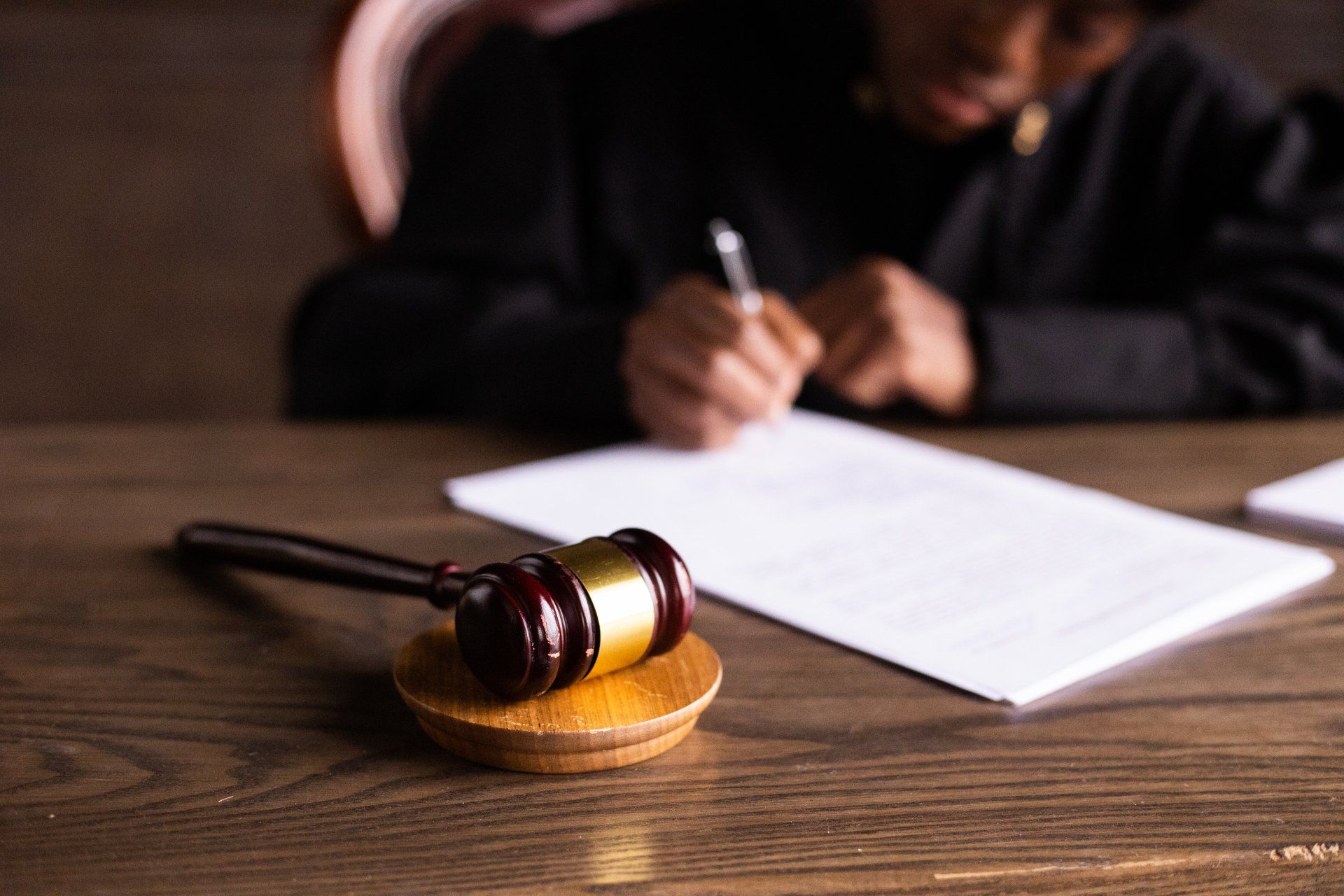
By Market America WebCenters
•
08 Mar, 2023
In a traumatic experience, the typical victim goes into fight, flight, or freeze mode. A large approaching vessel pierced our client’s yacht with a long pulpit protruding from the bow which ripped through the cabin. The pulpit hit within feet of where one of our clients was standing. Thankfully, our clients were not hurt physically. However, they suffered substantial emotional injuries, which manifested later. As the vessel came careening towards their own, our two clients’ thoughts ranged from concern, to fear, to panic. One of our clients feared losing his family on board. Panicked, he tried to save them; ultimately feeling helplessness as he witnessed and felt the impact. His spouse was frozen with fear, as death loomed. In our earlier blog post, “Seattle Ferry Pier Allison,”(August 15, 2022) we wrote, “Admiralty law is more conservative in the United States on NIED standing…. [a]would-be claimant must either have suffered bodily injury as a result of the event or been in a “zone of danger”; that is to say placed in immediate risk of substantial physical harm or death. Proving the clients had been psychologically damaged became the focus of this case. After the collision, our clients began demonstrating symptoms of discrete psychological injuries including anxiety, nightmares, and depression. One of our clients had chest pains as a result of these psychological injuries. The defendant argued to minimize their injuries. We retained a forensic psychologist to document possible evidence of injuries. The expert tested and interviewed. Our expert diagnosed Post Traumatic Stress Disorder (PTSD) and Persistent Depressive Disorder (PDD). The expert concluded that our client would need future care. After over 200 hours of work, Berschler Associates, PC brought this case to trial in the U.S. District Court. The requirements to qualify for NIED were clearly presented at trial. Given the factual findings the Court made with respect to our clients, each received an award for personal injury damage. Our clients received the justice that they each deserved. This is one example of how Berschler Associates, PC gets their clients highly compensated for the hidden pain and suffering that is present in significant bodily injuries. Let Berschler Associates, PC help you recognize all of your injuries, and not just some. DISCLAIMER: While every effort has been made to ensure the accuracy of information provided, it is not intended and should not be considered as legal advice. Individual situations differ and should be discussed with an expert and/or lawyer. Please contact our office if you seek more specific technical or legal advice on the information provided or related topics. Thank you.

By Bonnie A. Millar
•
14 Feb, 2023
Berschler Associates, PC is pleased to announce that it has achieved justice for its plaintiffs in maritime personal injury litigation after a 4-year, long hard battle fought in Federal District Court including trial. We will announce further details in the near future. We wish to express our gratitude for the excellent service of our three experts, including two opining on different aspects of liability and our healthcare expert opining on the extent of injury and need for future care.

By Arnold I. Berschler
•
30 Jan, 2023
Welcome to a series of comments on practice and procedure of admiralty law, also known as the general maritime law. One of the reasons that admiralty law (28 U.S.C. §1333), as practiced in the federal courts, we find fascinating is the distinct treatment of procedural and substantive law as compared to most state law and even as to most federal question civil cases (28 U.S.C., §1331). These differences are too many to approach in a single blog of “readable” length. Thus, this approach to serial commentary. Interlocutory appeals are a statutory device that allows the parties and the District Court a pathway to review of issues, “When a district judge, in making in a civil action an order not otherwise appealable . . . shall be of the opinion that such order involves a controlling question of law as to which there is substantial ground for difference of opinion and that an immediate appeal from the order may materially advance the ultimate termination of the litigation, [the Judge] shall so state in writing in such order.” 28 U.S.C.S. § 1292(b). However, the Court of Appeals does not have to accept the matter for appellate review. In short, the right to appeal only exists when all of the case at the trial court level has been reduced to judgment. Typically, When a trial court grants a motion for summary judgment that does not dispose of the entire case, one has to wait for final judgment. Quite often, such circumstances lead to a settlement of the entire action, eliminating the need to appeal. Admiralty law procedure was and remains different. Before the folding of admiralty courts into the federal general civil court system, the Admiralty court had a pragmatic approach to conserving resources. The approach was to try liability first, then to refer to a commissioner to try damage if the plaintiff prevailed. This approach was procedurally facilitated by Admiralty actions having no right to the right to jury trial granted under Amendment VII of the United States Constitution. “[W]hen the seventh amendment was made as it is now, is conclusive that it was done with reference to suits at common law alone.” Waring v. Clarke , 46 U.S. (5 How.) 441, 460 (1847); United States v. La Vengeance , 3 U.S. (3 Dall.) 297 (1796)[Admiralty action had no right to jury]. Interim judgments at the trial court level became appealable in Admiralty practice, before proceeding to try damage. "It was a common practice for the admiralty court to determine first the issue of liability and, if it found liability, to refer the parties to a commissioner for the determination of damages. The purpose of sec. 1292(a)(3) was to permit a party found liable to take an immediate appeal from that finding and thereby possibly avoid an oftentimes costly and protracted trial of the damages issue." 9 Moore's Federal Practice par. 110.19[3], at 209-210 (1985). Seattle-First National Bank v. Bluewater Partnership, 1986 AMC 1296, 1300, 772 F.2d 565 (9th Cir. Wash. September 24, 1985). Currently, federal civil procedure preserves the right to immediate appeal of a District Court’s granting of partial judgments that do not dispose of all of the case. “ Interlocutory decrees of such district courts . . .determining the rights and liabilities of the parties to admiralty cases . . .” 28 U.S.C.S., §1292(a)(3). When a District Court, sitting in admiralty recently issued partial summary judgments that would have eliminated two of the three parties our clients had sued for damages for negligent infliction of emotional distress (NIED) and wrongful death action, we appealed, on our clients’ instruction, pursuant to 28 U.S., §1292(a)(3) because we felt that lower court had erred, in part, when applying the substantive law in question (bareboat charters, joint venture partnership masquerading as a vessel broker agreement, and the interpretation of physical injury and zone of damager under Consolidated Rail Corporation v. Gottshall , 512 U.S. 532 (1994)). We felt that not only was it important to obtaining justice for our clients, the appeal would be important to the maritime industry generally since some issues had seldom been decided in the United States Court of Appeals or by the Supreme Court. This entry has been created for information and planning purposes. It is not intended to be, nor should it be substituted for, legal advice, which turns on specific facts.
Free Evaluation
Our depth of experience has been acknowledged by lawyers and insurance companies
throughout the United States and underwriters worldwide. Lawyers without experience in
admiralty and maritime law regularly refer cases to our firm.
The Who, What, When, and Why
Please briefly state your case facts. Be sure to include the date the incident happened.
Home_form
Thank you for contacting us.
We will get back to you as soon as possible.
Oops, there was an error sending your message.
Please try again later.
About Us
We have been providing expert legal advice to clients across the United States and worldwide for more than 49 years.
Contact info
1388 Sutter Street, Suite 810
San Francisco, CA 94109
+1.800.338.1441
All Rights Reserved | Berschler Associates
© 2024




